Learn about KCM

Members
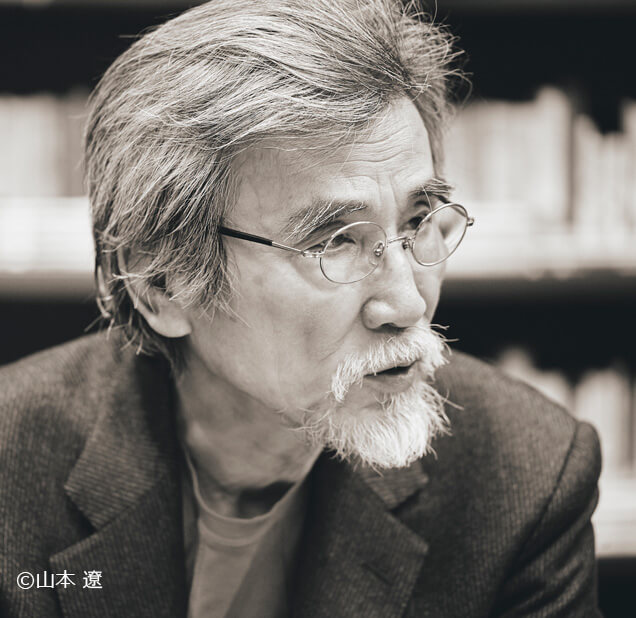
Seigow Matsuoka
After serving as Editor-in-Chief of Object Magazine "Yu" (lit. "Play"), visiting professor at the University of Tokyo, and professor at Tezukayama Gakuin University, he became Director of the Editorial Engineering Laboratory and Principal of ISIS (Inter-active System of Inter-Scores) Edit School . In the 1980s, he invented the concept of "editorial engineering," and devoted himself to studying means of establishing an interdisciplinary correlation of Japanese culture, economic culture, story culture, natural science, life science, space, design, graphic images and icons, literature, etc. The outcome of his study was applied to various themed events, editing, and advertisement. As a prominent scholar of Japanese culture, he also opened many private schools. In 2000, he launched a systematically-organized book review site on a grand scale, "Thousand Nights for Thousand Books," which covers an enormous number of titles. In the same year, he established the ISIS Edit School, the forerunner of the e-learning model in Japan. In recent years, he has been carrying out numerous experimental book projects, including Toshogai (a virtual book town), a digital platform made to look like a town, where books are archived under different contexts; Mokujiroku (a systematized collection of indices), a mutually editable index system of books which allows associative searching ; and Matsumaru Hompo (a digital sphere of bookstores created based on an editorial view of the world). He has authored many books, including Chi No Henshu Kogaku (The Editorial Engineering of Knowledge) and Nihon to Iu Hoho (The Method of Japan).
Edit Town&Bookshelf Theater Tour by Seigow Matsuoka
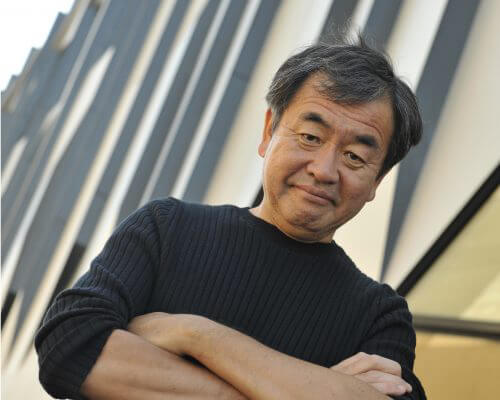
Kengo KumaArchitect
Greatly inspired by Kenzo Tange's Yoyogi National Gymnasium, built for the 1964 Tokyo Olympics, Kuma decided to pursue architecture at a young age, and later entered the Architecture program at the University of Tokyo, where he studied under Hiroshi Hara and Yoshichika Uchida. During his graduate studies at the same university, after which he earned an MA in Architecture, he made a research trip across the Sahara, exploring various villages and settlements, observing a unique power and beauty. After spending time as a Visiting Scholar at Columbia University in New York, he established Kengo Kuma & Associates in 1990. Since then, his office has designed architectural works in over twenty countries and received a number of prestigious awards, including the Architectural Institute of Japan Award, the Spirit of Nature Wood Architecture Award (Finland), and the International Stone Architecture Award (Italy), among others. Kengo Kuma & Associates aims to design architecture which merges naturally with its cultural and environmental surroundings, proposing gentle, human-scaled buildings. The office is constantly in search of novel materials to replace concrete and steel, and seeks a new approach to architecture in a post-industrial society.
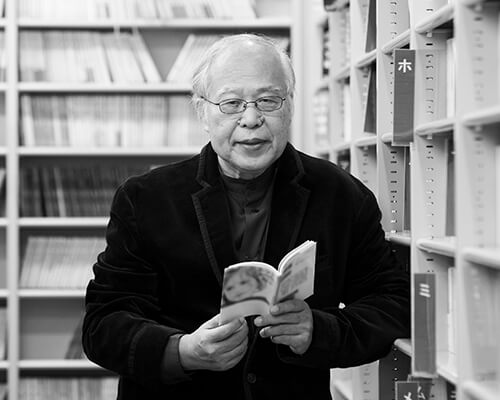
Hiroshi Aramata
Author, translator, natural historian, yokai (specters, monsters, and goblins) expert, and feng shui (Chinese geomancy) specialist. After graduating from the Faculty of Law at Keio University, he joined Nichiro Gyogyo (present-day Maruha Nichiro Corporation) and worked as a computer programmer for ten years. While working as a salaried employee, he published a magazine, Genso To Kaiki (Illusions and Phantoms) with Junichiro Kida, which contained translations of Western fantasy literature and literary critiques. After becoming self-employed, he became a prolific writer/translator in diverse genres, including fiction, natural history, and occultism. He is known as a bibliophile and an avid collector of rare books. His award-winning works include Teito Monogatari (The Tale of the Imperial Capital), which became a bestseller that sold over 3.5 million copies and won the Nihon SF Taisho Award, and Sekai Daihakubutsu Zukan (Altas Anima) which received the Suntory Prize for Social Sciences and Humanities. He also serves as Director of Kyoto International Manga Museum and Honorary Director of Kumano Hongu Heritage Center.
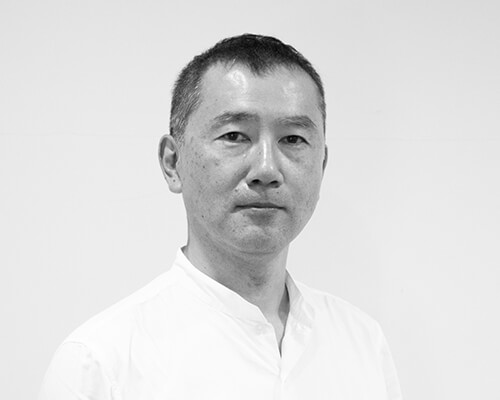
Shingo Jinno
After graduating from the Department of Aesthetics and Art History of the Faculty of Fine Arts at Tokyo University of the Arts (Geidai), he studied at the Department of Art and Education of Geidai's Graduate School of Fine Arts, majoring in Aesthetics. He then worked as a curator for Yamanashi Prefectural Museum of Art for 11 years and curated various modern art exhibitions, including "The Department Store of Contemporary Art," "New Edition! Japanese Art: Other Inheritors of Japanese Tradition," and "Paul Horiuchi: Japanese Sensitivity Preserved in the Pacific Northwest." Since 2006, he has served as an associate professor at Chiba University, conducting research and initiating activities focused on the relationship between society and art. Numerous books of his have been published, including Shakai No Geijutsu/Geijutsu To Iu Shakai (Art of/as the Society), co-authored with Akihiro Kitada and Keiko Takeda. He is the official representative for the Work in Chiba Art Network project (WiCAN), a project in partnership with Chiba City Museum of Art. WiCAN holds collaborative projects each year featuring various artists. He is also a member of an educational promotion committee of a national museum and the chairman of the Chiba City Culture and Art Promotion Meeting.
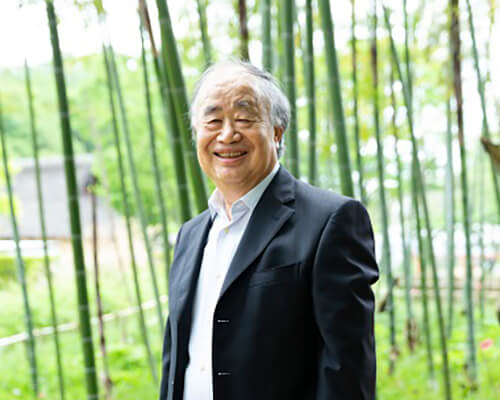
Tsuguhiko KadokawaExecutive Producer
Chairman of the Board, KADOKAWA CORPORATION. Since joining Kadokawa Shoten Publishing Co., Ltd. in 1966, he has launched many publishing projects which drove the evolution of Japanese subcultures using a multimedia franchise approach, including informational magazines, "The Television" and "Tokyo Walker," and lines of light novels called "Dengeki Bunko" and "Kadokawa Sneaker Bunko." He has also actively pursued digitized business models, resulting in Kadokawa’s e-bookstore "BOOK☆WALKER." Kadokawa also expanded the company’ s business into film making and served as an executive producer in joint production projects with non-Japanese organizations. This led to his becoming the recipient of an Agency for Cultural Affairs award for his contribution to the promotion of arts and culture on the occasion of the Agency’ s 50th anniversary.
